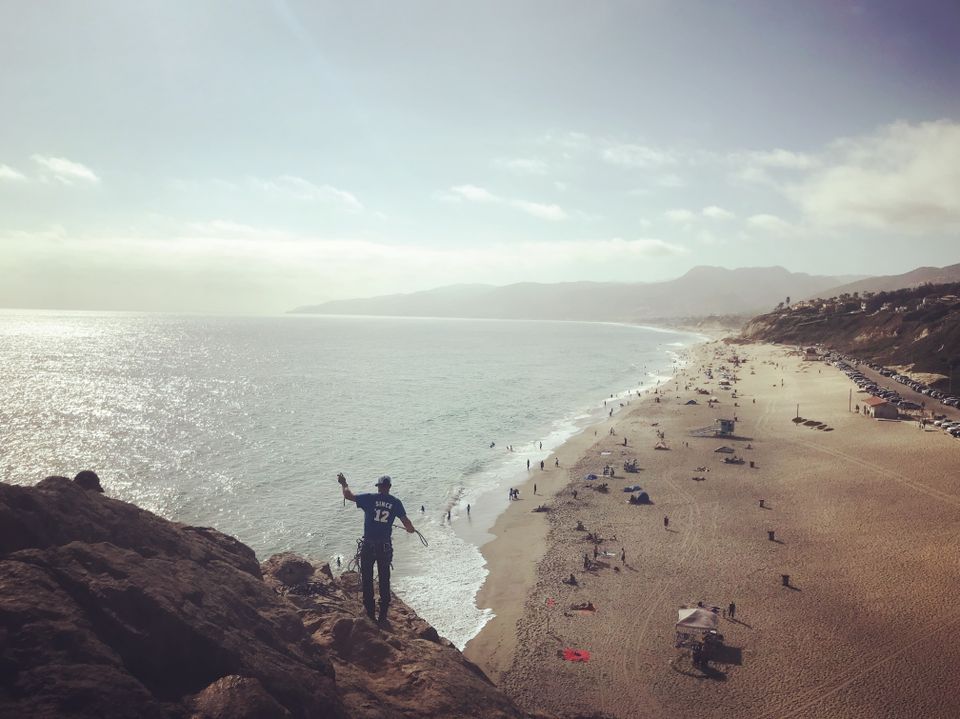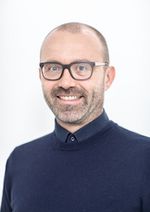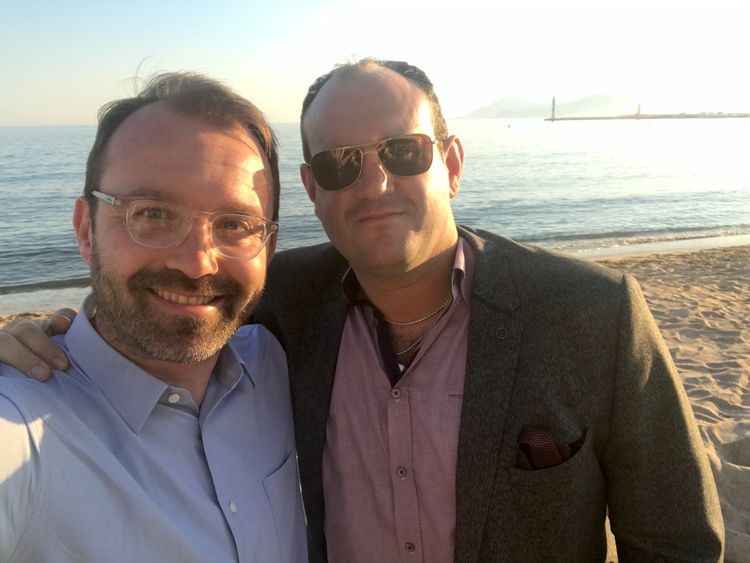Stop being busy, and start being successful

-: Five ways to increase your productivity and maximise results :-
I love being busy.
That feeling that you are getting things done. The knowledge that you are taking responsibility. A sense of fulfilled purpose. There is nothing quite like it.
But being busy isn't the same as being productive. And making the right thing happen is far more valuable than making something happen.
Early starts, back to back calls and late finishes are a part of modern life. If you want to be successful as an entrepreneurial creator, you're going to have to work hard for it.
But how much of your Herculean effort is actually making a big difference?
And what percentage of your day is just showing up to be counted? Or completing a task that isn't urgent or important?
People can convince themselves they are busily changing the world for the better, while actually achieving very little.
Often, people use their busy schedule as air cover when they don't want to do something:
“I’m too busy to fit that in...”
"I'm swamped!"
"I'm chocka until after Christmas!"
The truth is actually something like:
“This isn’t important enough for me to change my existing plans”,
“I don’t want to do this”.
"This isn't a priority for me".
It's important to realise if you get responses from clients that sound like this, then, your project isn't a high priority for them right now. It's disappointing, but its time to move your focus elsewhere.
And saying no to unimportant tasks is vital to success.
For creative entrepreneurs, there is usually a great deal happening. If you delivering a project, there are important deadlines to hit. If you are developing opportunities, there is both the creative work AND the sales hustle to do.
And there are always exciting new opportunities to investigate.
After difficult quiet stretches, client wins all tend to happen at the same time. Whilst brilliant, these busy periods can lead to huge strains on resources over short periods of time.
It can often feel like riding an emotional rollercoaster.
So, what can you do to give yourself the best chance of sustainable success?
If you are running a creative enterprise, as either a freelancer or in a big organisation, you’re already a leader. And for leaders, the reality of the creative work cycle is a scarcity of available time and resources.
One of the most precious resources of your organisation is you.
Where you focus your time is where the results will happen.
If you spend your time on sales, the organisation will increase sales. I remember Sir Martin Sorrell at IBC in 2016 saying he still spent around 1/3rd of his time on sales - despite running the world's biggest advertising agency.
If you spend your time on production, the content will be brilliant. I know multiple successful production company bosses who maintain a laser-like focus on delivering excellence in their shows.
And if you fill the afternoon by booking travel, your business trips will run smoothly. But, let's be honest, even if you love booking flights (like I do), it might be better for your organisation that you spend your afternoon selling a new show for the first time. Travel may be best handled by someone else, leaving you time to do the work that makes the biggest positive difference for the organisation.
When I was trying my hardest to create success, instead of being strategic and figuring out the best use of my time, I often just did more.
More hours. More projects. More hustling.
I started earlier, finished later, and jammed more into each day.

If you're doing productive things that are driving the business forward, this can be a great short-term productivity sprint.
But if you create a life where you're consistently doing 70-hour weeks, it will end in burnout, which is really bad for your organisation.
You’re exhausted, it’s Sunday night and you want to figure out how on earth you’re going to get through your upcoming work week.
You’ve got projects due, not enough time, and anxiety is setting in.
This was me, fairly regularly, over the 17 years I ran Barcroft Studios.
I found it overwhelming.
So, what's the solution? How do you figure out how best to use your time as a creative leader?
With a multitude of options, it can be hard to decide what to prioritise. Here are five things I used that made a great difference to our outcomes:
1️⃣ Work out your Objective, Strategy and Tactics:
Figuring out where to invest your time is tricky unless you are clear on what your big goal is.
If you and your team are clear on what the one big thing you are all driving towards is, it makes decision making far easier.
To do this, I often use a method I discovered in Winners, And How They Succeed, by Alastair Campbell. In the book, Campbell meets leaders from across multiple spheres, and identifies how they use Objectives, Strategies and Tactics to succeed.
The OST approach is used to figure out the following:
- What's my Objective?
This is a simple, overarching goal that ideally can be quantified.
When I was at Barcroft Studios, we set our objective to become the #1 most watched producer in the News vertical of YouTube.
- What's my Strategy?
These are the things you will need to win to deliver your objective.
For us, it was 1. Deliver the most effective content 2. Brilliant distribution 3. Consistency
- What are my Tactics?
These are the practical tasks you will complete in order to deliver your strategy.
For us, these included: Deliver one exclusive new documentary every weekday. Employing a fantastic team of journalists, editors, coordinators and operations colleagues. Discovering and commissioning multiple standout films each week. Developing and deploying a content factory approach to producing original video. Developing best practise in platform understanding. Deploying a rapid test and learn feedback loop.
The OST approach has several guises, but the key is to decide the one big thing you are determined to achieve.
Once you know that, you can then filter all your time decisions by asking the question: Is doing this the best way to achieve our Objective?
2️⃣ Hire a coach or get a mentor
Experience is a precious thing. And whilst you and your colleagues are building your experience levels each day, there are a lot of folks out there who have already been in your situation before.
They have learned the hard lessons. They will be able to offer you a bird's eye view of your situation. They will be free of office politics and will help you identify the best path forward. They will know how to cut the crap and embrace the opportunity. And they will look after you.
I have worked with a handful of fantastic coaches. I currently have the brilliant Remy Blumenfeld as my coach. He was instrumental in helping me sell my business, then successfully integrate it into the buyers' company. Remy has consistently spoken the truth to me and driven me to higher levels of decision making, commitment and fulfilment.
3️⃣ Organise tasks using the Eisenhower Matrix
When there are a million things that need doing, with multiple voices and a lot of choices, it's tough to figure out what to prioritise.
This approach is named after its inventor, President Dwight D. Eisenhower. It breaks tasks into four boxes.
- Urgent and important
Tasks that need doing by you now
- Urgent and not important
Tasks that need delegating
- Not urgent and important
Tasks that need scheduling for later
- Not urgent and not important
Tasks that need dismissing

This simple process of categorising tasks into these four boxes is something I have found to be brilliantly useful.
You can use it to plan your next hour, or your next quarter. It works in lots of situations to help you turn a jumble of tasks into a simple set of four lists. Here is a great article that explains the approach in more depth.
4️⃣ Do sprints
When you are busy across multiple endeavours, often it feels like things are never going to end. Especially in a world where new content is always in high demand.
In an always-on world, it can often be useful to approach new initiatives in short, sharp sprints.
This usually involves planning a new project in a way that has a clear focus for a short period of time, with lots of resources deployed quickly.
The main benefit of this is that you know exactly what you're prioritising, for a defined period of time. The finish line is in sight from day one!
I've used this approach several times, especially when helping teams that were stuck in a rut to pivot into new ways of doing things.
Here's the Harvard Business Review article: Sprints are the secret to getting more done
5️⃣ Develop great systems
As a creator, I find it soul-nourishing to make content. I love writing this blog. It makes me happy!
But as a leader and entrepreneur, I know that to create ongoing success in an organisation, I have two main tasks. The first is to set the Objective, and work with others to agree the strategy and tactics. My second main task is to ensure I don't become the bottleneck in the organisation.
For an organisation to prosper over the long term, it needs to build systems that mean no single person is necessary for the business to succeed. As a leader, you mustn't become a bottleneck.
The best way to do that is to view your organisation as a factory. If you create a system that consistently produces a high-quality product, exactly when you need it, you have something valuable on your hands.
I found reading The Goal by Eliyahu M. Goldratt a career-changing moment. This super-readable book is a fictional account of a manager despatched to a failing factory. Our hero has to save the business.
He does this by analysing the defects in the manufacturing process, adapting them to erase bottlenecks, and then optimising the factory to ensure it keeps improving over time. I'm not surprised it's one of Jeff Bezos' favourite books.
If you can create a creative factory where you can step away from operations to concentrate on other things, you'll have achieved something many entrepreneurs would kill for.
Being clear about what you're going to achieve and how you'll achieve it is a fantastic feeling.
It is easy to be busy. But for me, it's much more enjoyable to be successful.
By figuring out your objective, aligning your strategy and tactics, prioritising your time, accessing external experience, defining clear focus, organising your tasks and establishing successful systems, you will free up your time.
This ensures your creativity and passion is available for new adventures.
Its much more fun being busy when you're busy being successful!



